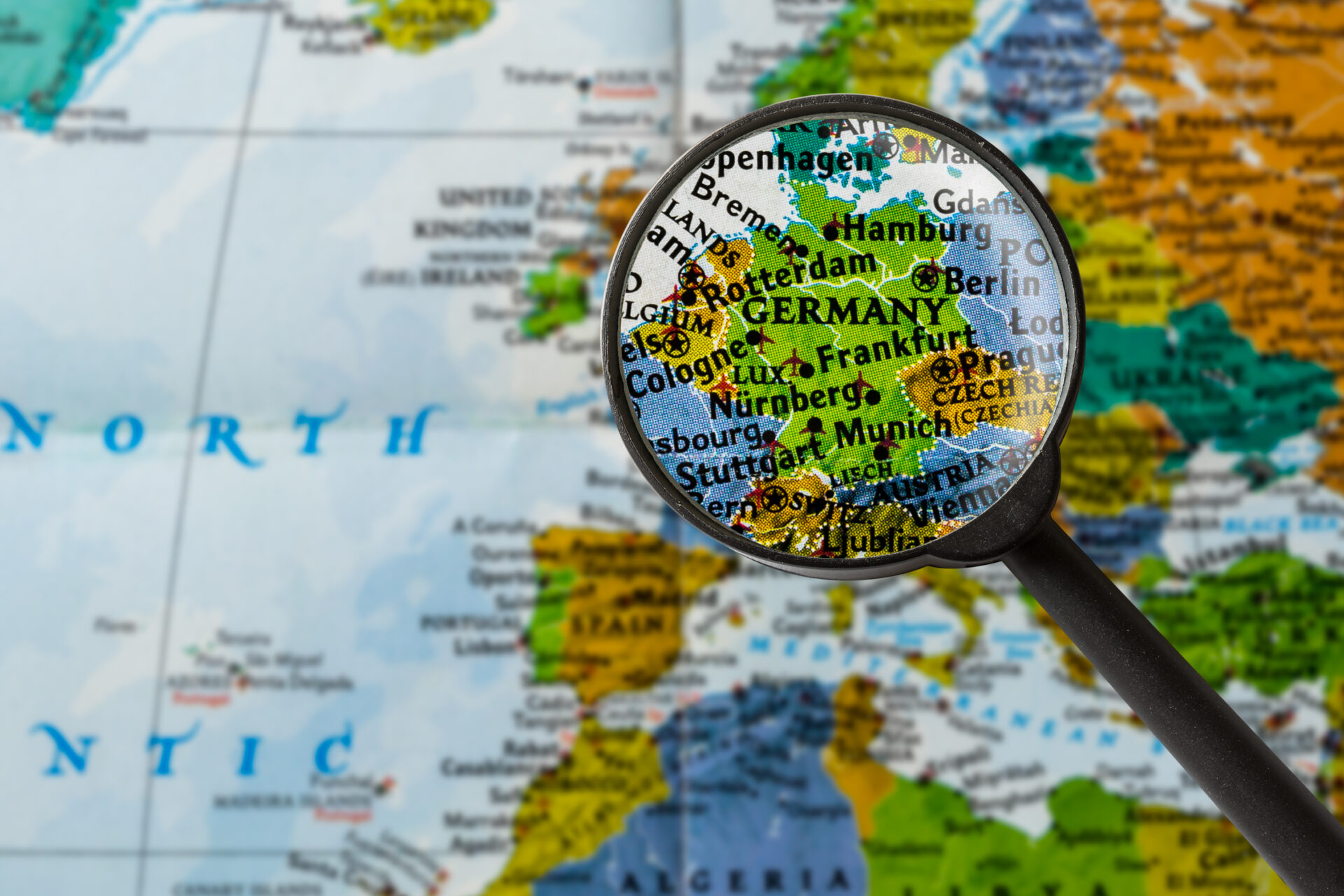“Reaching 100 percent renewable energy for electricity and transportation by no later than 2030 and complete decarbonization by 2050 at latest” – Bernie Sanders
“I’m embracing that goal by committing to adopt and build on Governor Inslee’s ten-year action plan to achieve 100% clean energy for America by decarbonizing our electricity, our vehicles, and our buildings.” – Elizabeth Warren
“2025 – Establish net-zero standards for new buildings; 2030 – Zero-emission standard for all new cars; 2035 – 100% emissions free electric grid; 2040 – Net-zero for all transportation sectors; 2045 – 85% methane recapture; 2049 – Achieve net-zero emissions” – Andrew Yang
“Ensure the U.S. achieves a 100% clean energy economy and reaches net-zero emissions no later than 2050.” – Joe Biden
These are the proposals that four of the 2020 Democratic presidential candidates have laid out for renewable energy in the United States. They are all laudable goals, but are they realistic and achievable without costing jobs and damaging the economy?
Looking at the German experience on this front is a good place to start as the nation’s would-be leaders seek to implement stringent renewable energy policies.
In 2010, Germany approved legislation enacting Energiewende – literally “energy transition” – the country’s planned transition to a low-carbon, nuclear-free economy. It calls for greenhouse gas reductions of 80 to 95 percent by 2050 (relative to 1990) and a renewable energy target of 60 percent by 2050.
Germany has met significant challenges in the nearly decade since. A new report by the consultant McKinsey – and highlighted by Forbes – suggests it isn’t going so well just yet, with Germany experiencing energy shortages, price spikes, and assorted unintended consequences.
“Problems are manifesting in all three dimensions of the energy industry triangle: climate protection, the security of supply and economic efficiency,” McKinsey concludes.
The findings include:
- Realistic timelines – “If emissions reductions continue at the same pace as they did over the past decade, then CO2 targets for 2020 will only be reached eight years later, and 2030 targets will not be reached until 2046.”
- Despite much hype, Germany still generates just 35 percent of its electricity from renewables. And if biomass burning, often dirtier than coal, is excluded, wind, water and solar electricity in Germany accounted for just 27 percent of electricity generation in 2018.
- But McKinsey issues its strongest warning when it comes to Germany’s increasingly insecure energy supply due to its heavy reliance on intermittent solar and wind. For three days in June 2019, the electricity grid came close to blackouts. “Only short-term imports from neighboring countries were able to stabilize the grid,” McKinsey notes.
- Price spikes – As a result of Germany’s energy supply shortage, the highest observed cost of short-term “balancing energy” skyrocketed from €64 in 2017 to €37,856 in 2019. Renewables are causing similarly high price shocks in other parts of the world including Texas, Australia, and California. And Britain and Australia have faced similar energy supply problems in recent years as they have attempted to transition to intermittent renewables.
- German consumers have paid dearly for the energy transition. German electricity prices are 45 percent above the European average, McKinsey reports. Green taxes account for 54 percent of household electricity prices.
Finally, it is worth noting that Germany is expanding coal mining to stabilize the electric grid – another unintended consequence of the national policy. Coal produces double the carbon emissions as natural gas.
Germany is demonstrating – right now – what could happen if we pursue unrealistic policies with unrealistic timelines here in the United States. As we have noted previously, the United States’ political debate and policy proposals should focus on realistic solutions with realistic timelines that won’t negatively impact American families and do little to nothing to benefit the environment.

